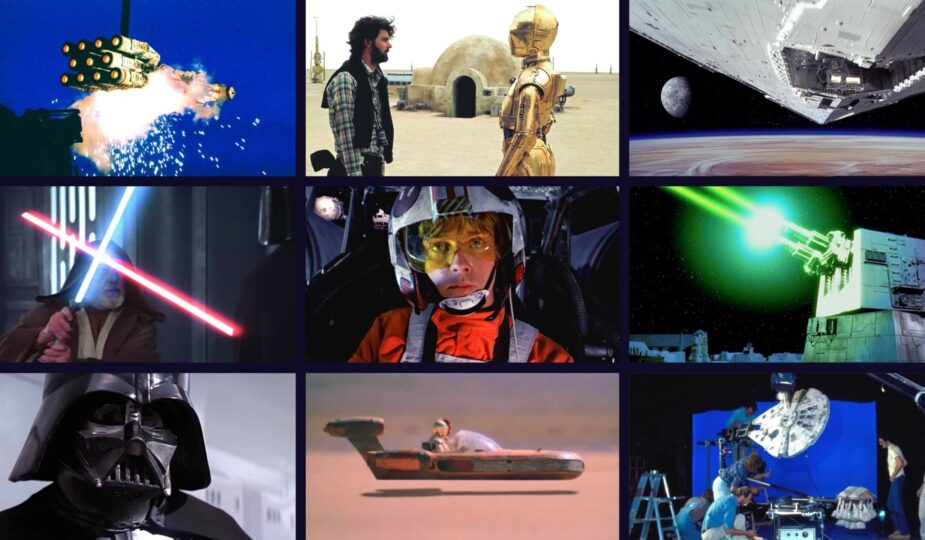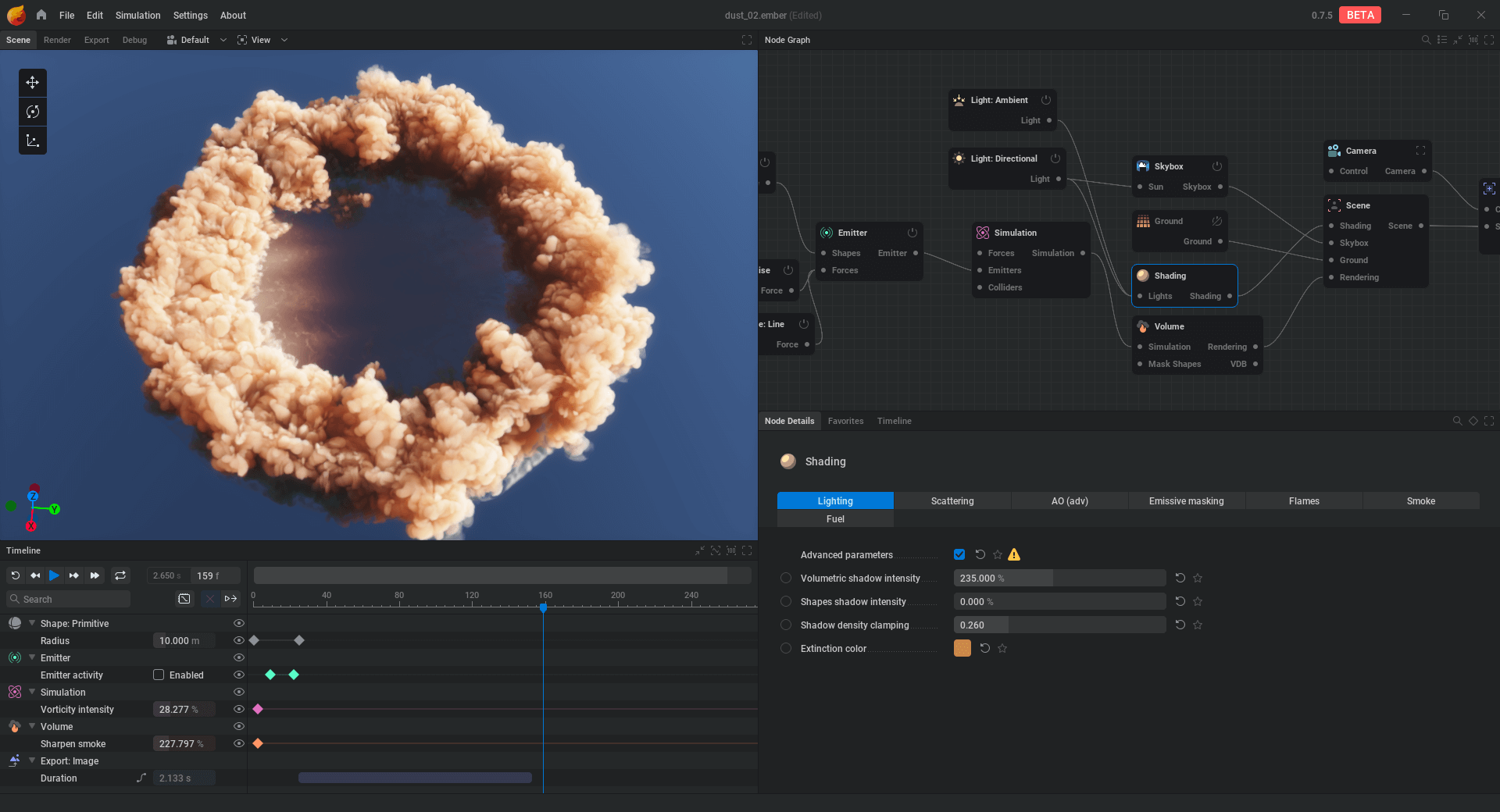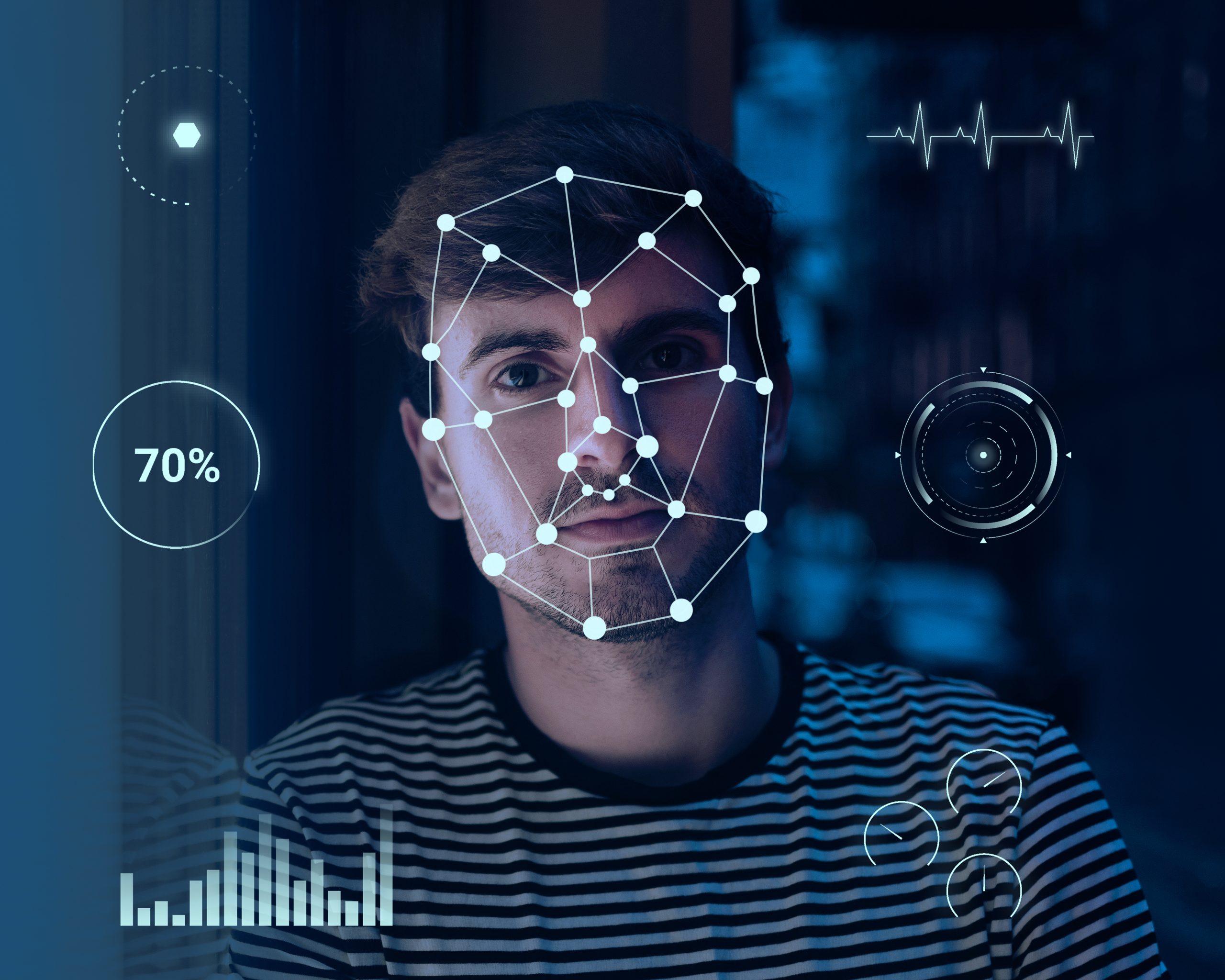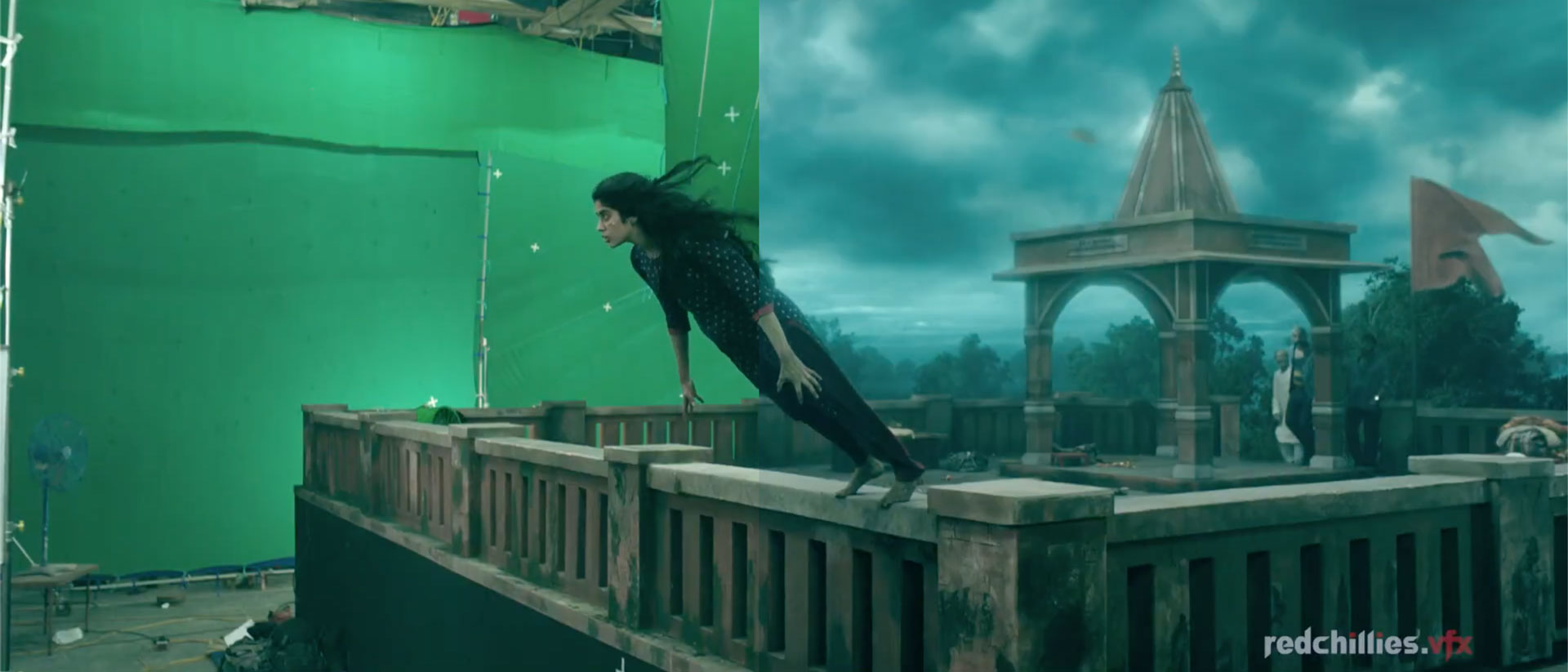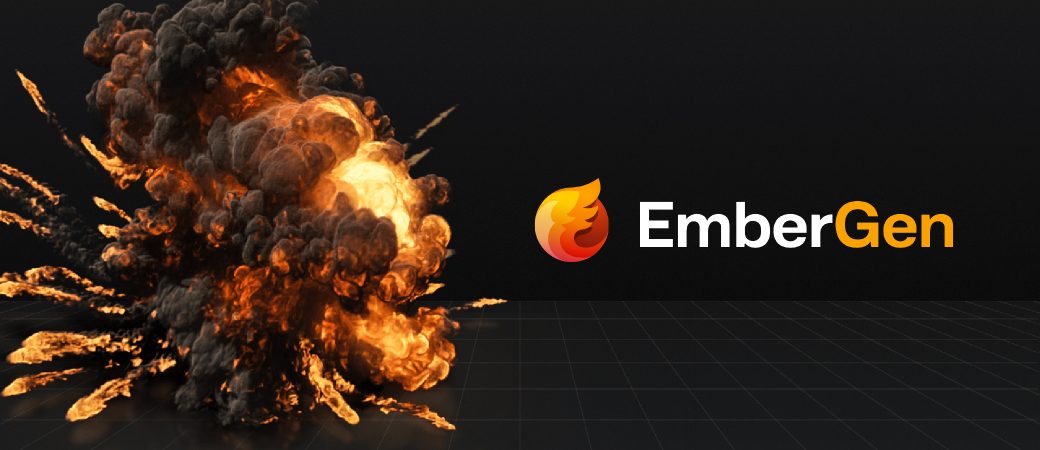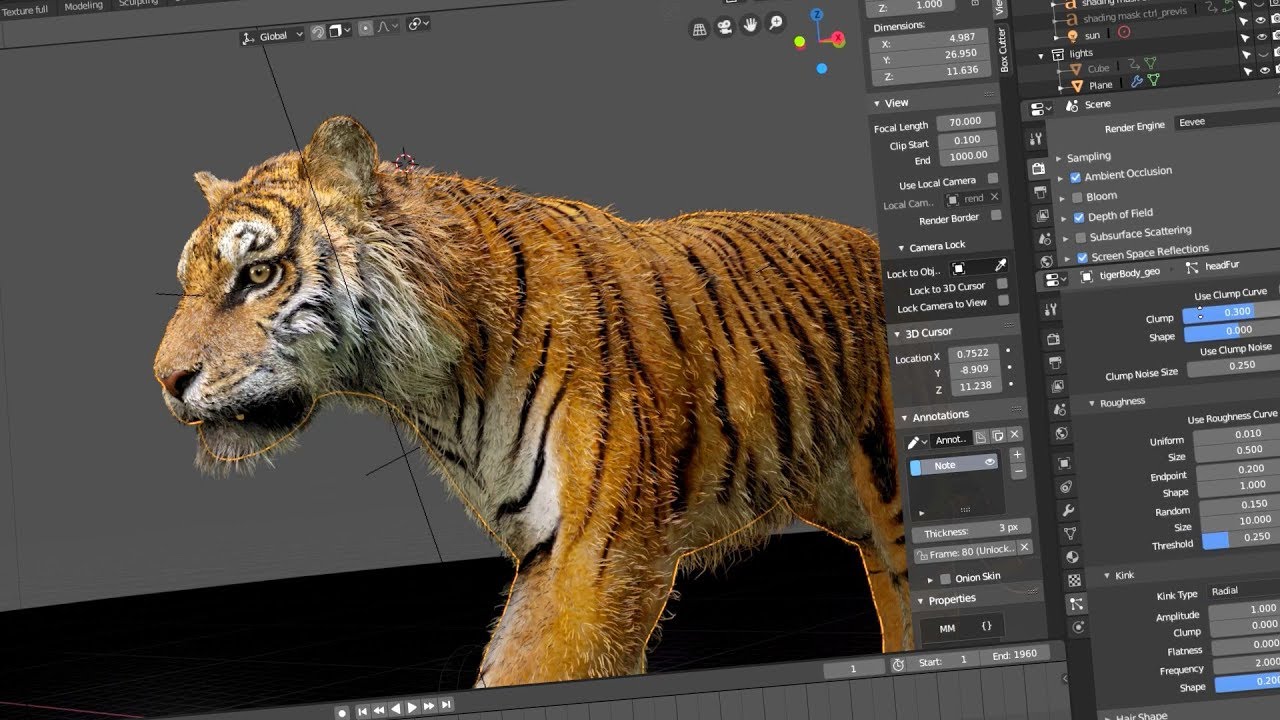The journey of visual effects (VFX) in entertainment represents one of the most fascinating technological evolutions in artistic history. From humble beginnings with practical effects to today’s groundbreaking digital innovations, this transformation has revolutionized how we experience visual storytelling.
The Early Days: Practical Magic (1890s-1960s)
In the nascent years of cinema, filmmakers relied on ingenious practical effects to create movie magic:
- Georges Méliès pioneered early special effects through stop-motion and multiple exposures
- Miniature models and forced perspective created epic scenes in “King Kong” (1933)
- Practical makeup effects brought monsters to life in Universal’s classic horror films
- Hand-painted mattes created impossible landscapes and grandiose settings
- In-camera effects like rear projection made impossible scenes possible
The Transition Era: Mechanical Innovation (1960s-1980s)
This period saw the rise of sophisticated mechanical and optical effects:
- Motion control cameras enabled precise, repeatable movements for complex shots
- Blue/green screen technology expanded possibilities for composite shots
- Stop-motion animation reached new heights with films like “Jason and the Argonauts”
- Sophisticated animatronics brought creatures to life in “Jaws” and “Alien”
- Physical models became increasingly detailed and realistic
The Digital Revolution Begins (1980s-1990s)
The introduction of computer-generated imagery (CGI) marked a pivotal moment:
- “Tron” (1982) pioneered computer-generated visual effects
- “Jurassic Park” (1993) demonstrated photoreal CGI creatures
- “Terminator 2” (1991) showcased groundbreaking digital morphing effects
- “Toy Story” (1995) introduced the first fully CGI feature film
- Digital compositing began replacing optical printing
The CGI Era Takes Hold (2000s)
Digital effects became the industry standard:
- “The Lord of the Rings” trilogy revolutionized motion capture technology
- Digital crowd multiplication created massive battle scenes
- Virtual sets began replacing physical locations
- Character animation became increasingly sophisticated
- Real-time previsualization tools emerged
Modern VFX: The Hybrid Approach (2010s-Present)
Today’s visual effects combine the best of both worlds:
- Practical effects enhanced by digital touch-ups
- Advanced motion capture creates photoreal digital characters
- LED walls provide real-time virtual backgrounds
- AI and machine learning streamline VFX workflows
- Real-time rendering enables immediate feedback
Technological Innovations
Key developments that transformed the industry:
- Ray tracing technology for realistic lighting
- Physics-based rendering
- Deep learning denoising
- Virtual production techniques
- Cloud-based rendering farms
Impact on Filmmaking
The evolution of VFX has transformed production methods:
- Directors can visualize complex scenes before shooting
- Actors can better interact with digital elements
- Post-production plays a larger role in creative decisions
- Budget allocation has shifted toward digital effects
- New specialized roles have emerged in production
Challenges and Considerations
The digital revolution brings its own challenges:
- Balancing cost versus visual quality
- Maintaining artistic integrity amid technical possibilities
- Preserving traditional effects knowledge
- Managing massive data requirements
- Training artists in rapidly evolving technologies
The Future of Visual Effects
Emerging trends point to exciting developments:
- Real-time rendering in game engines
- Virtual production becoming standard
- AI-powered effects automation
- Improved integration of practical and digital effects
- Enhanced photorealism through machine learning
Impact on Other Industries
VFX evolution has influenced multiple sectors:
- Video game development
- Virtual reality experiences
- Architectural visualization
- Medical imaging
- Educational simulations
The evolution of visual effects represents a remarkable journey from practical ingenuity to digital wizardry. While modern VFX relies heavily on digital tools, the principles established by early pioneers continue to influence today’s techniques. The future promises even more exciting developments as technology advances, ensuring that visual effects will continue to push the boundaries of what’s possible in visual storytelling.
The most successful productions today often combine practical and digital effects, recognizing that each approach has its strengths. This hybrid approach, coupled with advancing technology, suggests that the next chapter in VFX evolution will be even more spectacular than the last.
